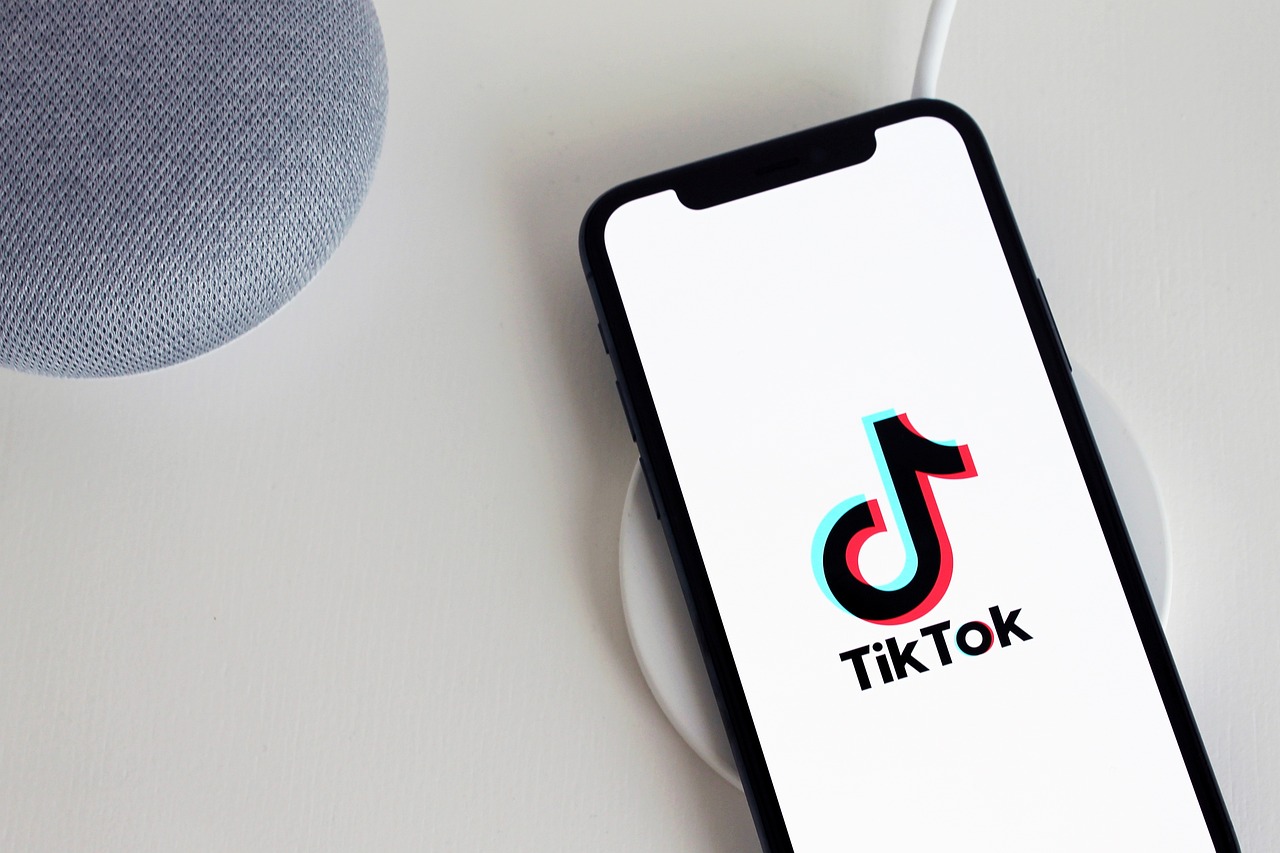
The Limitations of YouTube Parental Controls: Discussing potential shortcomings or limitations of the platform's built-in control system, offering solutions where possible.
Posted by on 2024-01-05
Title: The Limitations of YouTube Parental Controls and Potential Solutions
With the increasing use of digital media, protecting children from potentially harmful content has become a pressing issue for parents across the globe. YouTube, one of the most popular video-sharing platforms, offers built-in parental controls to assist parents in regulating their child's internet exposure. Although these controls provide some level of protection, they have their own limitations that can undermine their effectiveness.
One notable shortcoming is that no system is foolproof - children can find ways around YouTube’s parental controls by using different accounts or devices. While this points to a broader issue with digital literacy and supervision, it does highlight a significant limitation in YouTube's control system; its inability to extend beyond individual accounts or devices.
Another concern arises from the reliance on user reporting and automated systems for flagging inappropriate content. Automated systems aren't perfect and often miss subtle nuances that human judgment could capture. Similarly, user reporting depends on active engagement by other users who may have differing opinions about what constitutes inappropriate content.
Moreover, age-restricted videos only require users to input a birthdate proving they are over 18, which can be easily manipulated by younger users. This loophole makes it easy for children to access mature content despite having parental controls enabled.
Despite these challenges, there are potential solutions available to improve upon these limitations. One way is through education and open dialogue with children about responsible internet usage. By explaining why certain types of content are inappropriate or harmful and encouraging them to make good choices online, we can foster more responsible behavior.
In addition, working on enhancing the accuracy of automated systems could significantly improve content filtering efficiency. Using sophisticated AI algorithms trained on vast datasets could help identify subtler indicators of inappropriate content that current systems might miss.
Furthermore, implementing stricter methods for age verification could help ensure children do not gain access to age-restricted videos simply by entering a false birthdate. Biometric authentication technologies such as facial recognition or fingerprint scanning may provide a more robust solution.
In conclusion, while YouTube's parental controls offer some protection for children online, they have evident limitations. However, these shortcomings can be addressed through a combination of technology enhancement and user education. It is imperative that digital platforms like YouTube continue to evolve their safety measures in response to the ever-changing digital landscape.